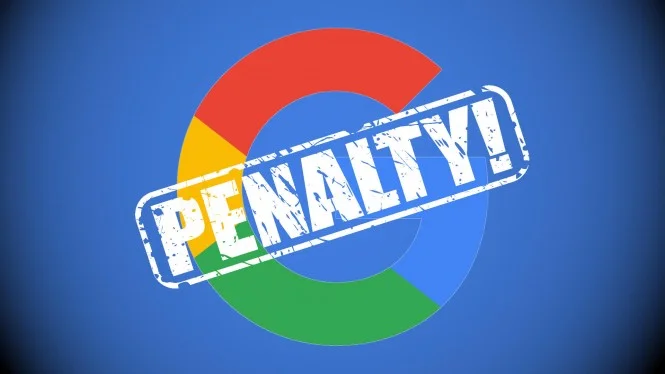When you get a manual penalty from Google, you can expect it to harm your rankings. However, there are several ways to counteract it. The most important is to understand what Google is looking for. This will help you to determine the reason for the penalty and what to do next.
Keyword stuffing
Getting a manual penalty from Google can be a scary experience. However, there are a few tricks and tips to get around it. In addition, taking the time to investigate the possible causes of your penalty can pay dividends in the long run.
Aside from checking your website for hidden content, you can also check out your Google Search Console for a list of the manual actions it has marked. If your site has received a manual effort, it will show up in the sidebar of your home screen.
You might have missed the latest algorithm changes if you last checked your site’s analytics a while ago. Unfortunately, this can harm your website’s position in Google’s rankings. Fortunately, you can fix this by submitting an indexing request to Google.
Cloaked images
Having a manual penalty from Google is a bummer, but it’s an excuse to clean up your act. Using a reputable hosting service is the only way to go. A well-planned content strategy and a bit of elbow grease will go a long way in getting your site up to speed in no time.
The most obvious way to do this is using a reputable hosting provider such as SiteGround. They offer a free site audit service. They can tell you if your site has any issues if. You can also ask them about the best-suited hosting provider for your needs. A reputable hosting service will save you money and ensure your site is in good hands.
Slow loading times
Getting a Google penalty is one of the worst things a web admin could ever experience. Not only will it hurt your traffic, but it can also put your website out of the game for some time. The good news is there are some things you can do to get your website back in the game.
A manual penalty is when a website is penalized because of a violation of Google’s terms of service or webmaster guidelines. Google’s webspam team usually issues these penalties. A manual penalty can affect a whole website or just one page. You can view a list of manual actions in Google Search Console.
The manual penalty will be followed by a notification email. This will tell you the penalty and how you should fix it.
Lack of incoming links
Getting a Google penalty for incoming links can be highly detrimental to your site. It can negatively affect your traffic, rankings, and keywords. Identifying a link problem is the first step to recovering from a Google penalty.
When Google issues a penalty, you are notified through a report that outlines the problem. The information will tell you which pages of your website were affected and how to fix the problem. In the report, Google also lists many links that can be problematic.
If you can’t remove the links, you can disavow them. This can help you clean up your link profile and remove problematic links. You can use the rel=”nofollow” attribute to mark non-compliant links.
To avoid getting a Google penalty, you should thoroughly audit your website. If you suspect you have links that are not natural, you should remove them as soon as possible.
Mistaking an algorithm for a penalty
Getting penalized by Google can be a real pain. Depending on the type of penalty you face, you may have to take specific steps to rectify the situation.
The most obvious step is to check your Google Search Console for manual actions. Manual actions can be triggered for many reasons but are typically based on violations of Google’s Terms of Service. If your site has been hit with a manual penalty, follow the instructions in the manual actions section to resolve the issue.
Another step is to use the Google Search Console’s penalty checker. This will show you a summary of your site’s search engine rankings. You can use the tools to identify the algorithms most responsible for your rankings.









